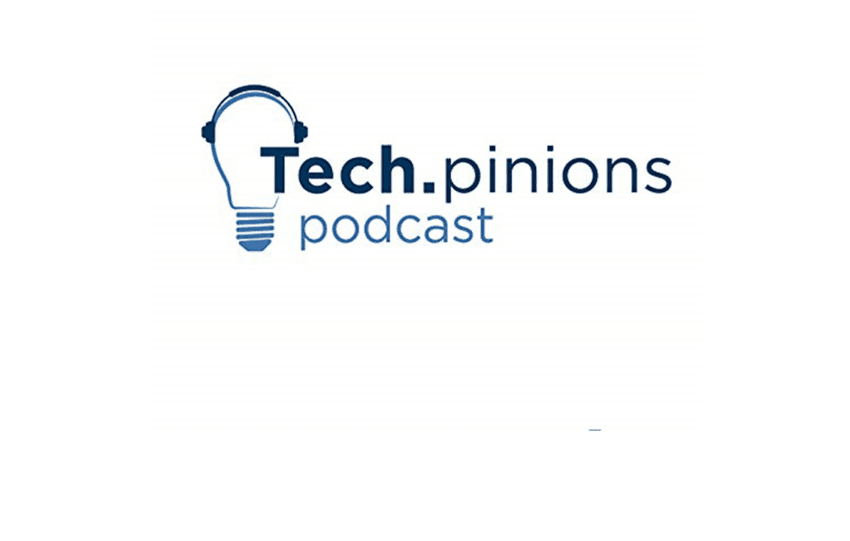Unlocking Your Creative Potential

Unlocking Your Creative Potential
Creativity is a powerful tool, and many underestimate our creative potential.
Creative potential is your ability to generate new ideas and connect seemingly unrelated concepts to create something unique or solve problems innovatively. It goes beyond simply having an open mind; it is about actively forming connections that lead to discoveries, inventions, and insights.
Many people are unaware of their creative potential and overlook its importance when attempting to reach their personal and professional goals. Tapping into your full creative power requires more than just a few random ideas – you must learn how to channel your inner creativity into meaningful projects.
By learning to recognize existing patterns in your environment, develop creative strategies for problem-solving, and think outside the box, you can unlock your creative potential and achieve tremendous success in all areas of life.
What is Creative Thinking?
As we just discussed, creative potential generates new ideas and connects seemingly unrelated concepts. Creative thinking is the process of using this potential to gain insight into how we can solve problems in innovative ways.
Several elements comprise the fundamentals of creative thinking – divergent thinking, convergent thinking, synthesis, and analysis.
Divergent thinking is separating complex problems into smaller pieces and producing multiple solutions. Convergent thinking is the opposite – collecting information from various sources, analyzing them, and combining them to form one solution. Synthesis requires creative thinkers to combine different elements in an organized manner to create something new. Analysis requires creative thinkers to evaluate ideas objectively by considering their strengths and weaknesses so that only the best solution is implemented.
Overall, it takes practice and experimentation for someone to develop successful creative skills – creativity isn't just about having an out-of-the-box idea. Learning to think creatively can help individuals create new solutions for everyday challenges or seek previously uncharted opportunities for growth and development. It provides a framework for approaching complex tasks in novel ways using logic combined with imagination and curiosity to gain unexpected insights through seemingly simple problems.
Example of Unlocking Creative Potential
One example of creatives leveraging their creative potential for unexpected success is the story of Shonda Rhimes, the creator and showrunner of popular television series such as Grey's Anatomy and Scandal. Rhimes has achieved unprecedented success in the entertainment industry by consistently pushing boundaries and taking risks with her writing. She has been recognized for her innovative approach to storytelling, using complex plot lines and dynamic characters that draw viewers in like never before.
Rhimes was born in Chicago, Illinois, where she began writing stories at a young age. She eventually went on to study screenwriting at Dartmouth College, but after graduation, she found it difficult to find work in Hollywood, but she kept at it.
In 2005, Rhimes' hard work paid off when ABC greenlit her first show—Grey's Anatomy—which became an instant hit. The show blended medical drama with romance and created a loyal fan base that continues today – it has become one of the longest-running medical dramas in history. From there, Rhimes created other hugely successful shows, including Private Practice and Scandal, which earned critical acclaim for their unique storylines.
Rhimes credits much of her success to tapping into her creative potential by staying true to herself as a writer – something that pushed the boundaries of what was considered acceptable television content at the time – while also remaining open-minded enough to take risks with story ideas and character arcs. Her creative vision has earned her numerous awards throughout the years – proving that through creativity, anything is possible!
Explore Your Creative Potential
Exploring potential requires exercising your creativity by brainstorming, visualizing ideas, and experimenting with different approaches. It also involves challenging yourself to think critically and question fundamental assumptions. Additionally, it helps to take breaks from the task at hand to allow your mind to wander freely so that new connections can be made between seemingly unrelated topics or problems. Finally, it is essential to document any insights you have while working on creative tasks; this will help you track progress over time and provide valuable reference points for what inspires your creative spark.
One exercise you can add to your daily routine that will exercise your creative muscle is to set aside time in your day for free writing, where you let your thoughts flow without worrying about structure or grammar. This free writing allows you to explore your subconscious, see what ideas flow, and develop new solutions to problems.
You can also try taking a break from your routine and trying something new, like writing, cooking, or painting. This helps foster creativity by having you explore different mediums to express yourself.
Spending time away from the monotony of everyday life gives you room for creative thought and exploration. Finally, take time each day to reflect on what inspires you and log these thoughts.
Build Your Support Network
Building a supportive network can be a critical factor in the success of unlocking your creative potential. The support of others who share your vision and enthusiasm can help provide you with additional resources and motivation. Here are some tips that may help you build such a network:
- Start local: Look to your immediate circle of family, friends, co-workers, or members of your local community who may have similar interests or values to yours. You can also reach out to professionals or organizations related to the topic of your project — they may offer valuable advice and referrals or open up opportunities for collaboration.
- Network online: Social media platforms like Twitter, Facebook, LinkedIn, and Instagram are great places to find people with similar interests. It's also important to join relevant discussion forums, industry websites, blogs, and other digital resources related to whatever you're working on so you can stay informed about developments in the field and get feedback from others familiar with the subject matter.
- Participate in events: Trade shows, conferences, networking events, and seminars are excellent ways to meet potential connections—not just from within your profession, but from outside it too! Attending these events can allow you to connect with professionals in person and through follow-up conversations afterward.
By creating an extensive network within which you can exchange ideas freely, brainstorm collectively, and gain new perspectives on issues that arise during any project development process—you will formulate strategies far more effectively than if working alone—ultimately leading to better outcomes for all involved!
Discovering Areas for Creative Potential
To discover areas for growth and development in creativity, it is essential to recognize the need for personal assessment. Self-reflection can be a powerful tool in uncovering areas of strength and weakness that can help improve your creative potential.
Look at your mindset when approaching a creative challenge or task. Ask yourself questions such as:
- Am I embracing the opportunity to explore new ways of problem-solving?
- Am I open to making mistakes and learning from them?
- Do I find motivation from challenging myself to think differently?
This self-evaluation will help identify limitations or blind spots that may be holding you back from reaching your full creative potential.
Seek feedback from people around you who may have insight into your strengths and weaknesses regarding creativity. This could include mentors, peers, acquaintances, family members, etc., who know what kind of work you do and understand the creative challenges you regularly face. Their perspective on how well you manage these tasks and approach different projects can provide valuable input into areas where you could improve further.
Online resources are available that offer tips on how to leverage your creative potential. These can range from books about creativity techniques, podcasts about design thinking strategies, articles about innovation best practices, and specific tools like mind-mapping software used for visualizing ideas — all of which can help spur new approaches towards tackling problems more innovatively.
Staying abreast of new developments in your field or industry is also essential if you want to stay ahead of the curve when it comes to being creative and finding solutions no one has thought up before. Whether it's reading up on current trends or attending industry events like exhibitions and talks, knowing what's happening will allow you to spot opportunities or inspire fresh insights that help propel your work forward.
Project Diversity Increases Creative Potential
One of the best ways to increase creative potential is to work on diverse projects. Working on different projects can open up new opportunities and provide fresh ideas and inspiration. Here are some tips that can help enhance creativity when tackling various tasks:
Experiment with unfamiliar methods and techniques. Trying something new or outside what's already comfortable can lead to innovative solutions and unexpected results. This could involve experimenting with different software and tools and exploring various creative disciplines such as photography, video editing, animation, etc., if they're outside your usual expertise.
Set challenging goals for yourself to stay motivated when facing complex problems. A clear plan can motivate you to push through roadblocks and strengthen problem-solving skills.
Collaborate with other creatives for feedback and advice. By discussing ideas with colleagues or mentors who are experienced in similar fields or have tackled similar challenges, you'll gain insight into how they solved their problems and benefit from their advice on how you could tackle yours.
Look for sources of inspiration through books, movies, music, art exhibitions. Even conversations with friends can lead to new possibilities that have not been considered before. Reading industry news will inform you of the latest trends. They ensure you don't fall behind while looking for creative solutions to your problems.
Take on complex projects requiring you to step out of your comfort zone and think beyond what's expected. Doing this regularly over time will build muscle memory (intuition). Muscle memory enables more efficient problem-solving in the future when faced with challenging tasks.
Conclusion
One last piece of advice I would give is … practice!
Like any other skill, unlocking your creative potential requires consistent effort and practice to achieve sustained improvement. It is important to remember that creativity involves more than just generating new ideas. An idea from concept to reality includes organizing tasks, setting goals, and adapting quickly as needed when dealing with unexpected obstacles.
An idea without execution is a hobby. And innovators are not in the hobby business.
With dedication and focus, anyone can unleash their creative potential. By following these tips consistently over time, you will see an improvement in your level of creativity!
To know more about unlocking one's creative potential, listen to: Unlocking Your Creative Potential.







